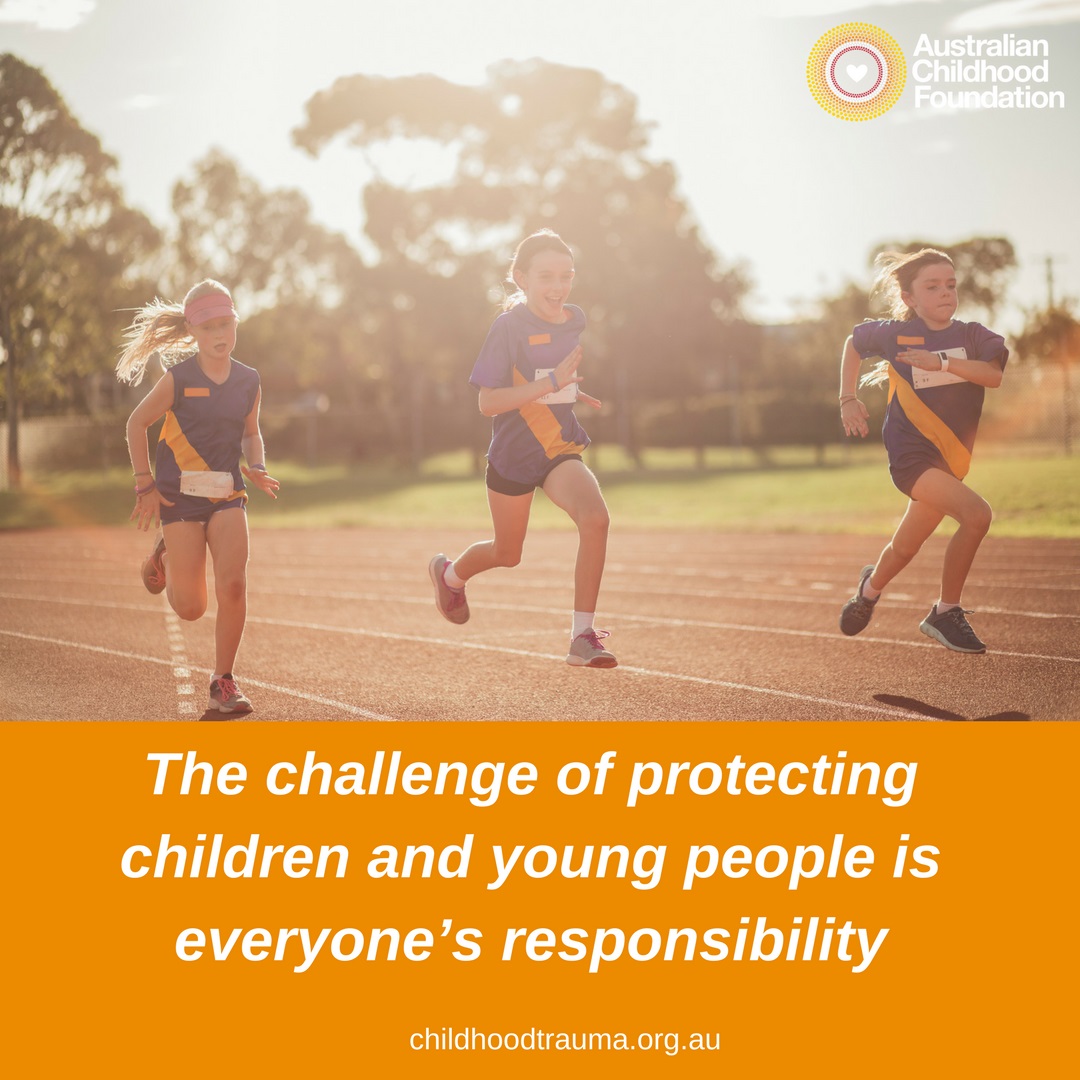
Managing critical incidents to protect children – Part 1
This blog entry was authored by Rhiannon Wright, Client Relations and
Engagement Manager, Safeguarding Children Services
at the Australian Childhood Foundation
The safety and well-being of children and young people are paramount. Therefore, making sure the environment and practices children and young people are exposed to, are safe at all times, needs to be a key priority.
The challenge of protecting children and young people is everyone’s responsibility, and organisations should ensure that they have robust systems and plans in place to effectively manage incidents.
Incidents may occur as a result of an accident; potential or actual harm to the safety, wellbeing and best interests of a child or young person; or behaviour of a child or young person. Risk factors and warning signs need to be identified, and underlying causes examined, to tailor appropriate responses and ensure the utmost safety of the child or young person.
 The main goal of child protection related incident management is to prevent or reduce harm to children and young people and to effectively respond to an incident when it occurs, placing the needs of the child or young person at the centre of all decision making. The management of a child related incident should enhance a child or young person’s safety and well-being first and foremost.
The main goal of child protection related incident management is to prevent or reduce harm to children and young people and to effectively respond to an incident when it occurs, placing the needs of the child or young person at the centre of all decision making. The management of a child related incident should enhance a child or young person’s safety and well-being first and foremost.
When incidents are managed in a child centric, thoughtful, forward-looking way, not only is the resolution process smoother and more thorough, future incident management can benefit as well from lessons learned.
Managing incidents in this way requires robust and critical incident management systems to be in place. Such a system creates the ability to report, investigate, review and analyse critical incidents, which in turn enables organisations to assess the way in which an incident has been managed, implement improvements, minimise risk and embed a continuous improvement approach. This, in turn, supports better experience and outcomes for children and young people.
The capturing and analysis of all information regarding critical incidents will, in turn, allow the monitoring of trends and patterns, which can highlight thematic child protection issues.
Analysing such trends and learning from patterns of incidents will support the identification and implementation of improvements required and embed a continuous improvement approach to the safety and well-being of children and young people.
Tomorrow, we will publish the second part in this look at critical incident management systems, looking at the newly developed ‘Client Incident Management System’ (CIMS) as an example of one which focuses on the safety and well-being of its clients, including children and young people.
If you would like to learn more about the various ways our Safeguarding Children Services are able to support your workplace, you can download a PDF here.
The second part of this two-part serious on critical incident management in Child Protection can be found by clicking here.
